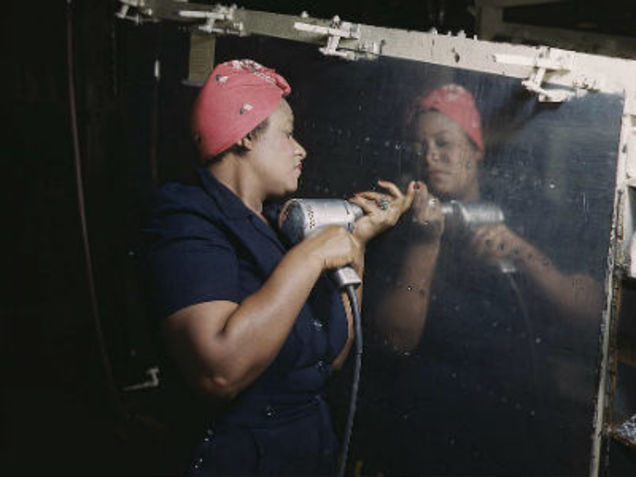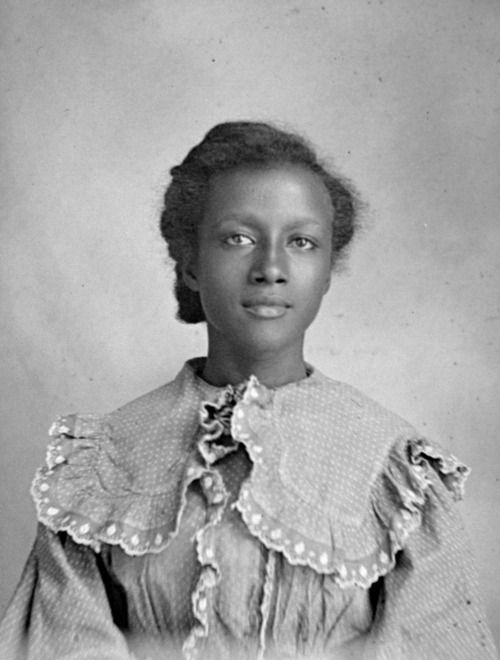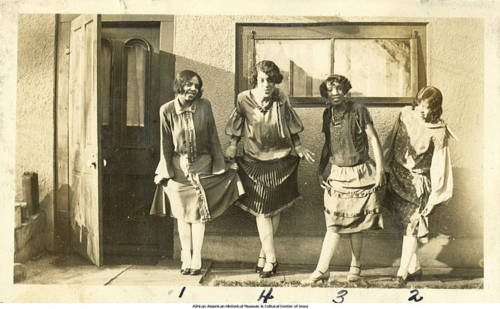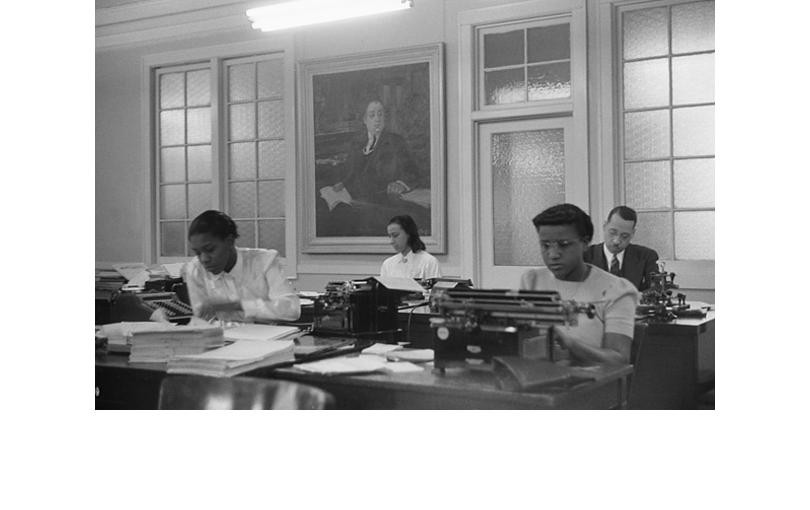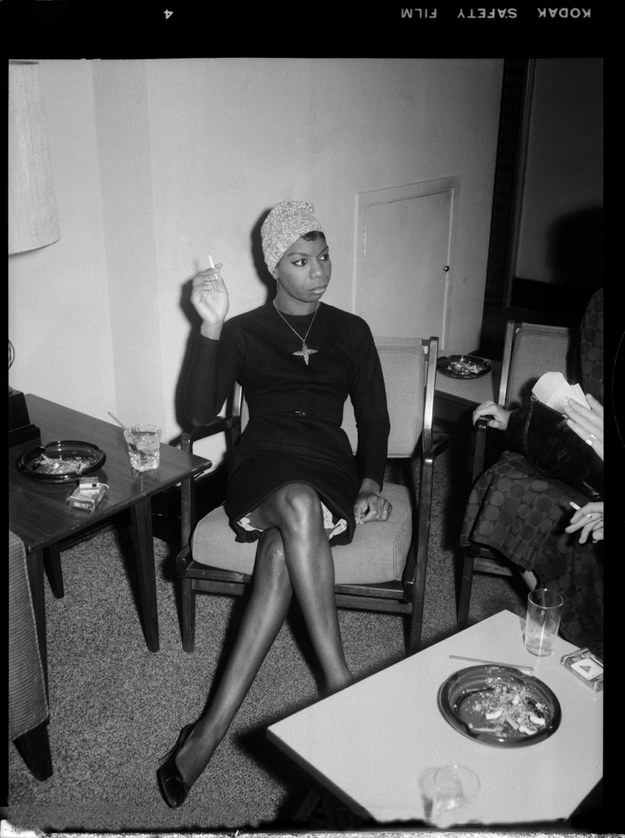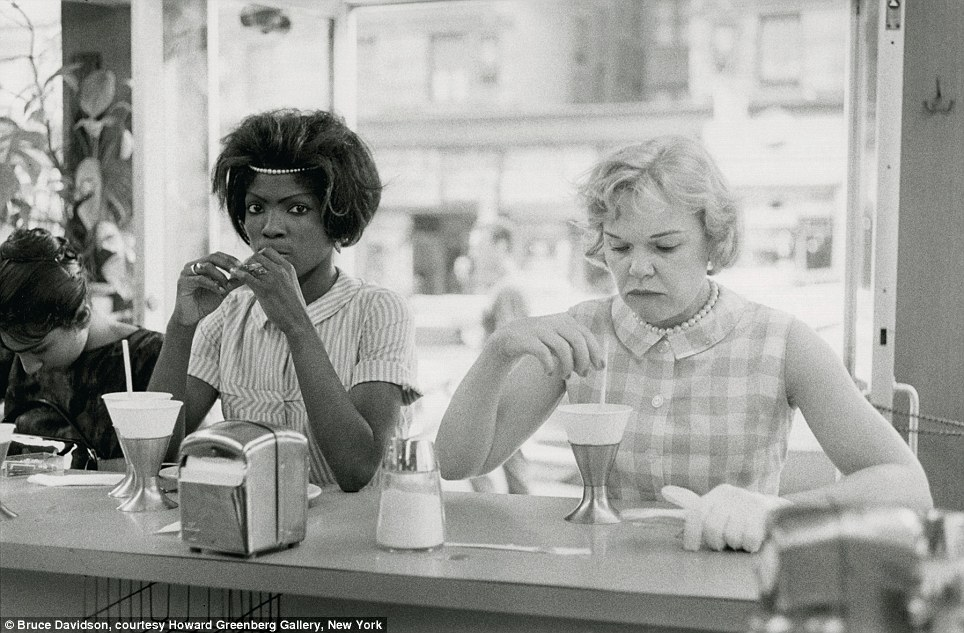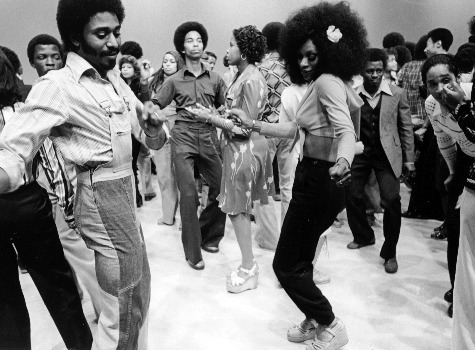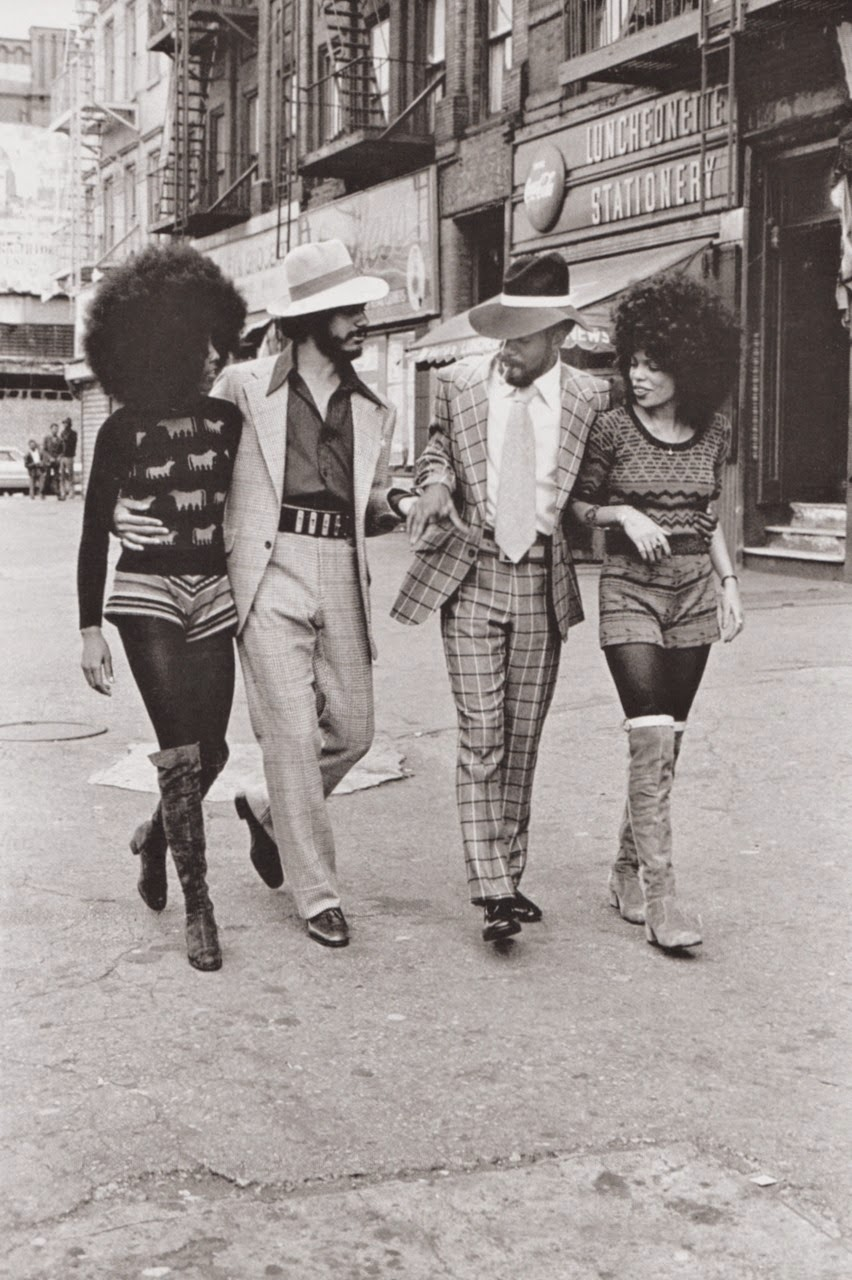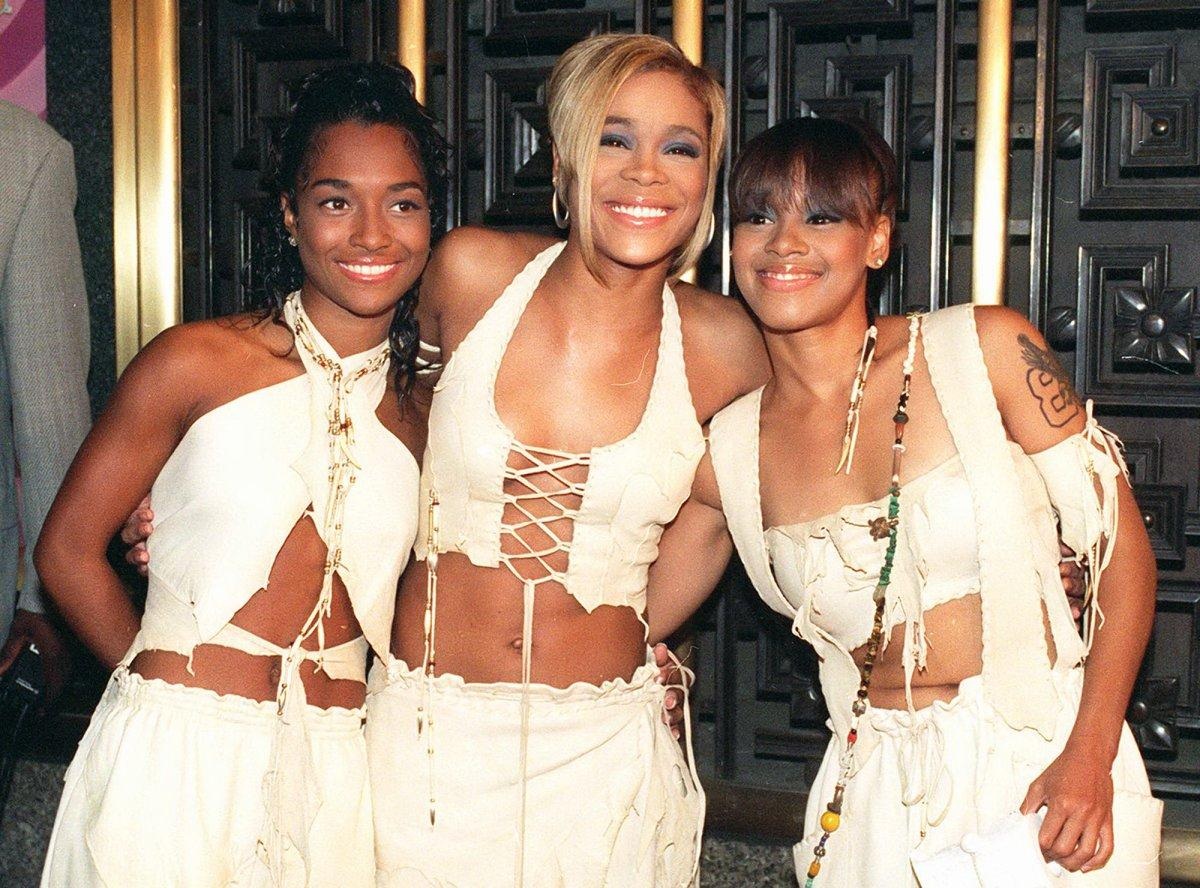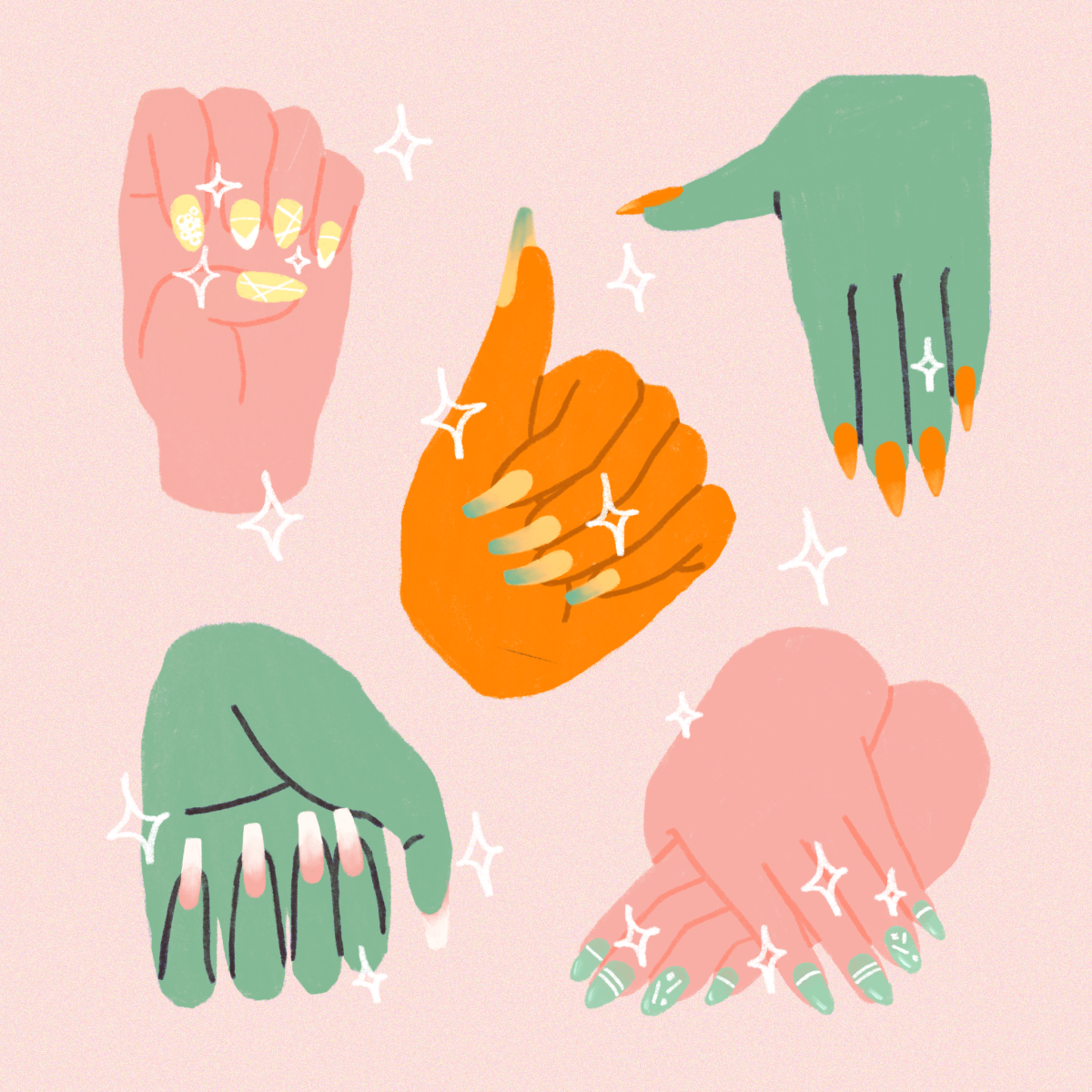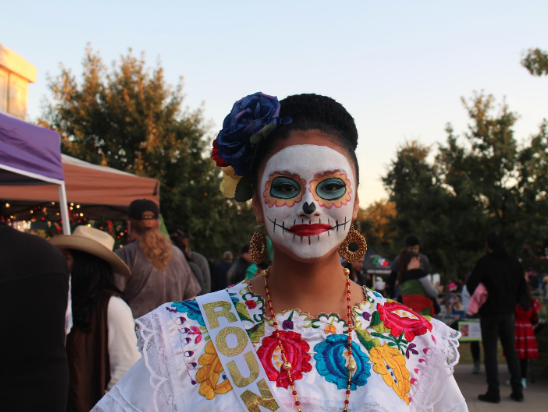As Black History Month comes to a close, it is the opportune time to reintroduce ways in which the African diaspora created a subset of American culture rooted in West African traditions. Looking at the role fashion played in the lives of black women during the 20th century, ORANGE Magazine connects their style to the past conditions of Black America. Read on to explore 100 years of black women’s style in America and their inspirations.
Story by Rachana Jadala
1900 – 1920s
During the Harlem Renaissance, black art including literature, music, poetry and political theory flourished. Key figures of the time included Zora Neale Hurston, Georgia Douglas Johnson, Bessie Smith, Dorothy West, Ida Cox and more. Black women were given more opportunities for education in some areas and led the arts to new heights by addressing racial and gender issues within their work. There was also increasing backlash from white communities in response to the increase in wealth and status of black members of society, and with this came fear and violence.
The fashion for black women depended on both geographic location as well as socioeconomic status.The clothing of the time featured ruffles, full sleeves, long feather style skirts, brimmed hats and formal collars, particularly for women in the South. Black women used their new-found freedoms and increased wealth to buy clothes that were exclusively worn by white women prior to the 1900s. A common fashion expectation was wearing nicer clothes when ‘stepping out’ and being in public, whether that meant church, weddings or a more informal social gathering.
Young African-American woman photographed by Hugh Mangum in the early 1900s.
Four women photographed outside of a home. Photo courtesy of Squarespace.
1930s-1940s
In the 1930’s the racially-stemmed backlash hit an all time high due to the Great Depression. Racial violence increased dramatically and in 1933, as lynchings quadrupled within the span of one year. In addition, the KKK saw record levels of membership, with an increased prevalence of Jim Crow laws and the like. Black Americans were the ‘first fired and the last hired’ and many communities explicitly retained policies and slogans that stated blacks need not apply for jobs, especially since white people were struggling. Jobs that were previously occupied by black workers, such as domestic labourers, were also taken by whites during these times.
Clothing of the time featured shorter skirts, more professional attire, bandanas and lighter colors. During this World War era, black women were employed at higher rates than in eras prior and after. This status of employment affected their style. Black women were mostly seen in work uniforms and casual clothing during the week, but they came to church dressed in their Sunday best. Throughout black history, church generally was seen as a centralized meeting area that extended beyond a place of worship, but it also existed as a place to disseminate information and mobilize the community.
A real-life Rosie the Riveter operating a hand drill in Tennessee. Photo courtesy of the Library of Congress.
Photo courtesy of Offbeat.
1950s – 1960s
The ‘50s and ‘60s saw attempts to appease the American public in terms of racial inequality with legislation passed to create only surface-level equality. Systematic discrimination persisted, and many saw through the facade, such as Muhammad Ali and the communist Black Panther Party, which was comprised of many women, including Angela Davis and Barbara Easley-Cox. In response to the legislation and attempts within the black community to create initiatives, there was a surge of KKK activity during the ‘60s.
Clothing of the time period was marked by a concerted effort by many black Americans to reclaim a variety of African prints and styles. Black Americans were starting to resist white supremacy with more visibility, as seen through their reclamation of African dress. The Black Panthers saw this effort as commercialization and instead, opted to create their own style characterized by all-black clothing and black berets. In contrast, this era is also marked by pastels, faux pearls and stripes. Black women in activist and urban circles started to wear their hair in short, natural afros as a visible rejection of Eurocentric beauty standards, and among them, Mary O’Neale was one of the first to start this trend. For many others, the use of the hot comb became common to straighten hair, and head wraps also came back into style.
Photo courtesy of BuzzFeed.
Photo by Bruce Davidson, courtesy of the Howard Greenberg Gallery in New York.
1970s – 1980s
During the ‘70s and ‘80s more black women attained educational success as well as other general accomplishments. Within this same period, black poverty levels reached an all-time high and the prison industrial complex was born, creating the “New Jim Crow” that persists today. Simultaneously, “New Right” flourished under Reagan’s administration and the Cold War discouraged any form of communist or radical thought that had once flourished in previous decades.
Clothing during this period featured more natural hairstyles than in the past, plus bright colors, fun patterns, flared pants, boots and big Sunday church hats. Black women were becoming notable names in entertainment and enjoyed social outings in majority-black dance and music halls. These social spaces were new to the era and appeared as Jim Crow ended. This era’s disco style was also the precursor to the hip-hop fashion seen in future years.
A true ’70s disco. Photo courtesy of Fashion Bomb Daily.
A well-dressed quartet walking through the streets of Harlem. Photo courtesy of Vintage Everyday.
1990s – 2000s
Although most of us are familiar with 1990s and 2000s in terms of history, politics and fashion, it is important to note the leaders of black fashion during this time period. Entertainers became a true model of style and black women of the lower socioeconomic class created their own unique looks that are still recognizable today.
Clothing included crop tops, fun colors, denim and unique hairstyles. Black women explored femininity in new ways alongside hip-hop culture. Black women music groups attained new heights in terms of popularity. Their fashions became mainstream and easy to mimic.
Photo of TLC, courtesy of NY Daily News.
Overall, black women created an unmatched path in fashion and style. Their kindness, brilliance and beauty remained unchanged throughout history, and hopefully you finish this Black History Month with an awareness of lesser-known historical black women who have done immense labour that has gone unnoted by mainstream media.
Reference: Finkelman, Paul, ed. Encyclopedia of African American History, 1896 to the Present: From the Age of Segregation to the Twenty-first Century (5 vol 2009)































